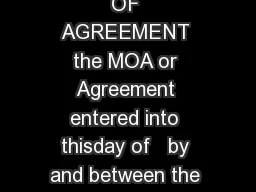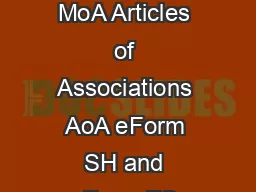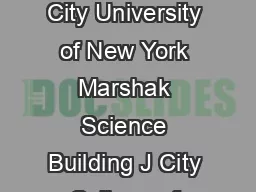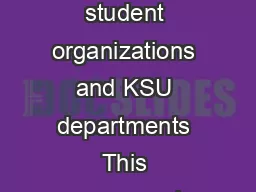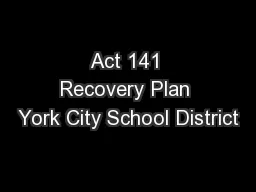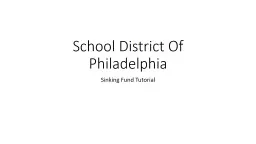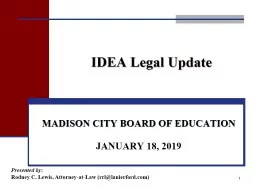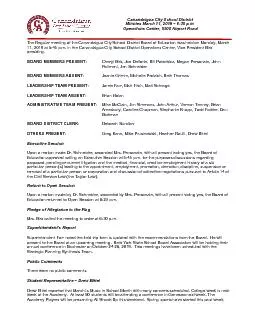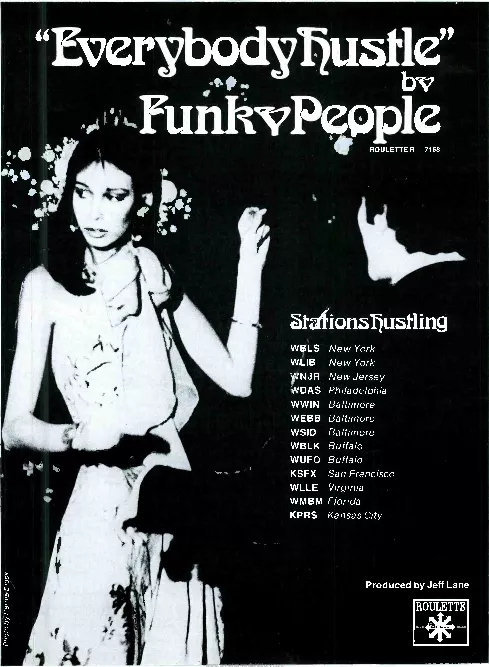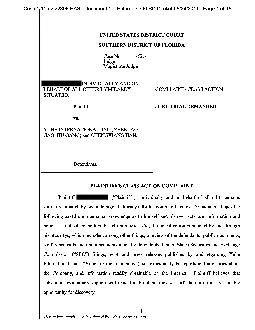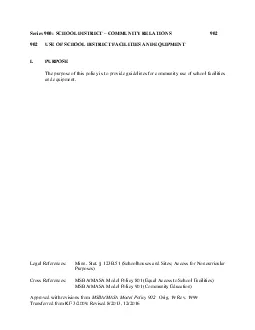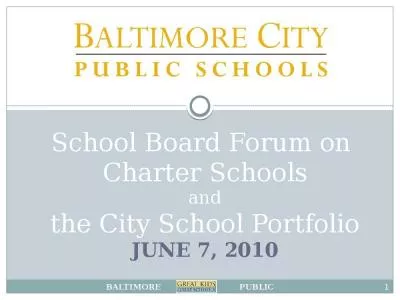PDF-CONTRACT MEMORANDUM OF AGREEMENT MEMORANDUM OF AGREEMENT the MOA or Agreement entered
Author : lindy-dunigan | Published Date : 2014-11-28
IN WITNESS THEREOF NOW THEREFORE it is mutually agreed as follows 1 INTRODUCTION The collective bargaining agreements between the Board and the Union which expired
Presentation Embed Code
Download Presentation
Download Presentation The PPT/PDF document "CONTRACT MEMORANDUM OF AGREEMENT MEMORAN..." is the property of its rightful owner. Permission is granted to download and print the materials on this website for personal, non-commercial use only, and to display it on your personal computer provided you do not modify the materials and that you retain all copyright notices contained in the materials. By downloading content from our website, you accept the terms of this agreement.
CONTRACT MEMORANDUM OF AGREEMENT MEMORANDUM OF AGREEMENT the MOA or Agreement entered: Transcript
Download Rules Of Document
"CONTRACT MEMORANDUM OF AGREEMENT MEMORANDUM OF AGREEMENT the MOA or Agreement entered"The content belongs to its owner. You may download and print it for personal use, without modification, and keep all copyright notices. By downloading, you agree to these terms.
Related Documents

